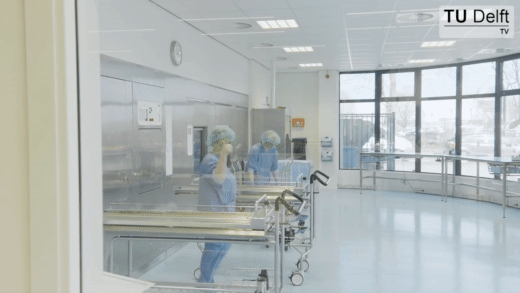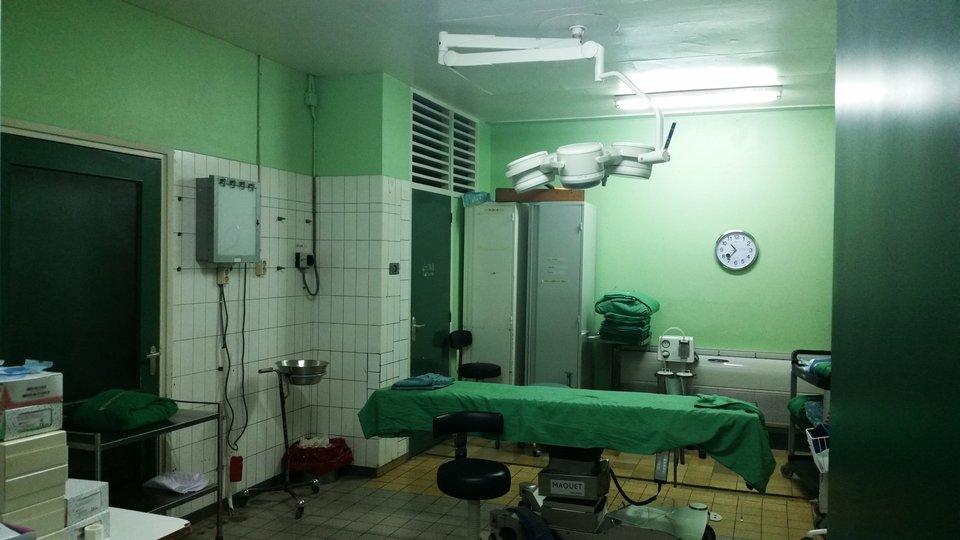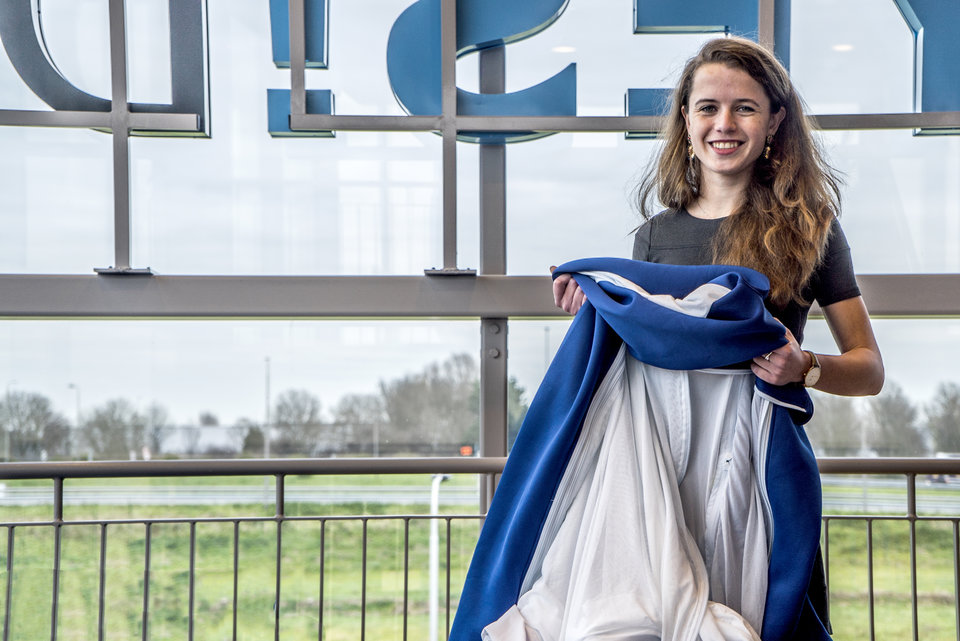The COVID-19 pandemic is not only putting society to the test, but also science. Scientists who have been able to spend their lives working quietly in the background suddenly find themselves the centre of attention. One such researcher is Piet Van Mieghem, a professor at TU Delft. He usually researches all kinds of complex networks that describe interactions. For example the internet or a more complex topic like the brain. But since last week Van Mieghem has been using his knowledge as a weapon against COVID-19. At the request of the RIVM (National Institute for Public Health and the Environment), and with the help of three PhD students, he tries to predict the course of the virus and is working on a so-called exit strategy.
It was exactly ten years ago that Piet Van Mieghem began to investigate digital viruses that sneak into our networks via emails or system faults, with undesirable consequences. Now that we are experiencing the deadliest pandemic since the Spanish flu, Van Mieghem is shifting his focus from a digital to a biological virus. ‘Because,’ says Van Mieghem, ‘the basic mathematical models that underlie it are basically the same.’
NIPA
With this in mind, Van Mieghem and his colleagues are applying a special algorithm, NIPA*, to the latest data supplied by the RIVM. They hope that this will enable them to chart the progress of COVID-19. ‘In the study of epidemics, you often work with models that use certain parameters. You feed these into a computer and this helps you to see the spread of an epidemic. If you are using the correct parameters and you have an accurate map of the Netherlands available, this is fairly simple to do. You can calculate how many people are being infected per
municipality or province. With NIPA we are doing exactly the same, but in reverse as we don’t know the precise parameters associated with COVID-19. So instead, we are recording the number of infections per municipality per unit of time. The more frequently we do this, the more accurately we can determine the parameters for the model. Once we have recorded enough time series, we can start making simulations and models. That is what we are doing right now, and you can follow this process closely on this website. So we are trying to look one, two, three or even four days ahead.’
Human brain
NIPA brings various academic disciplines together. One of these is network science, a relatively new discipline that studies the functions of a complex network and its associated underlying structure. We can use this discipline to study critical infrastructures, such as the internet and power grids, but also to study epidemics, or the human brain. Questions you may try to answer – when it comes to the brain – include: what are the topological properties of such a brain-activity network? How does the structure of the brain change with age? Can you determine whether someone is intelligent (or has a high IQ) from their network?
Exit strategy
Exit strategy
Back to COVID-19. Because Van Mieghem is also busy trying to work out an exit strategy. He’s not doing this on his own. Together with a number of fellow professors, Van Mieghem is part of a team put together by RIVM to combat the coronavirus. For the time being, Piet also gets help from a PhD student who recently defended his doctorate, but is unable to return to China because of the coronavirus crisis. ‘Since he has nowhere else to go, he is keen to do something useful and help us with this exit strategy,’ explains Van Mieghem. ‘For us this is actually a piece of cake, as we have carried out a good deal of research in recent years into the effects of earthquakes, floods and terrorist attacks on a network. This kind of thing puts a network under pressure, so it doesn’t function perfectly everywhere. Questions we examined in recent years include How quickly can you degrade a network? and What is the best strategy for destroying a network? And in this case we are also reversing things. The coronavirus crisis has degraded our society to a certain extent. What steps will we need to take together in order to return to some kind of normality soon? We call this “recoverability”. The Dutch government has imposed all kinds of measures concerning the coronavirus, but these cannot all be lifted at once as there are plenty of scenarios possible in which the virus could start to spread again.’
Financial contribution
But that is still some way off. In fact, the government recently extended the coronavirus crisis measures until Tuesday 28 April. In the week leading up to 28 April, the government will determine what is necessary for the post-28 April period. For the time being, Van Mieghem and his colleagues will be continuing to work overtime. In order to support Van Mieghem and all the other researchers at TU Delft who are working round the clock to combat COVID-19, we have set up the TU Delft COVID-19 Response Fund. The fund is being used to provide rapid financial support to researchers and students, ensuring no valuable time is wasted. You can make an important contribution by donating here.
*NIPA = Network-Inference-based Prediction Algorithm
More information needed?
To find out more about the work being carried out by Piet Van Mieghem and his colleagues, please contact Dave Boomkens – communications officer at the Faculty of Electrical Engineering, Mathematics and Computer Science, via D.J.Boomkens@tudelft.nl or +31 6 40287577.










